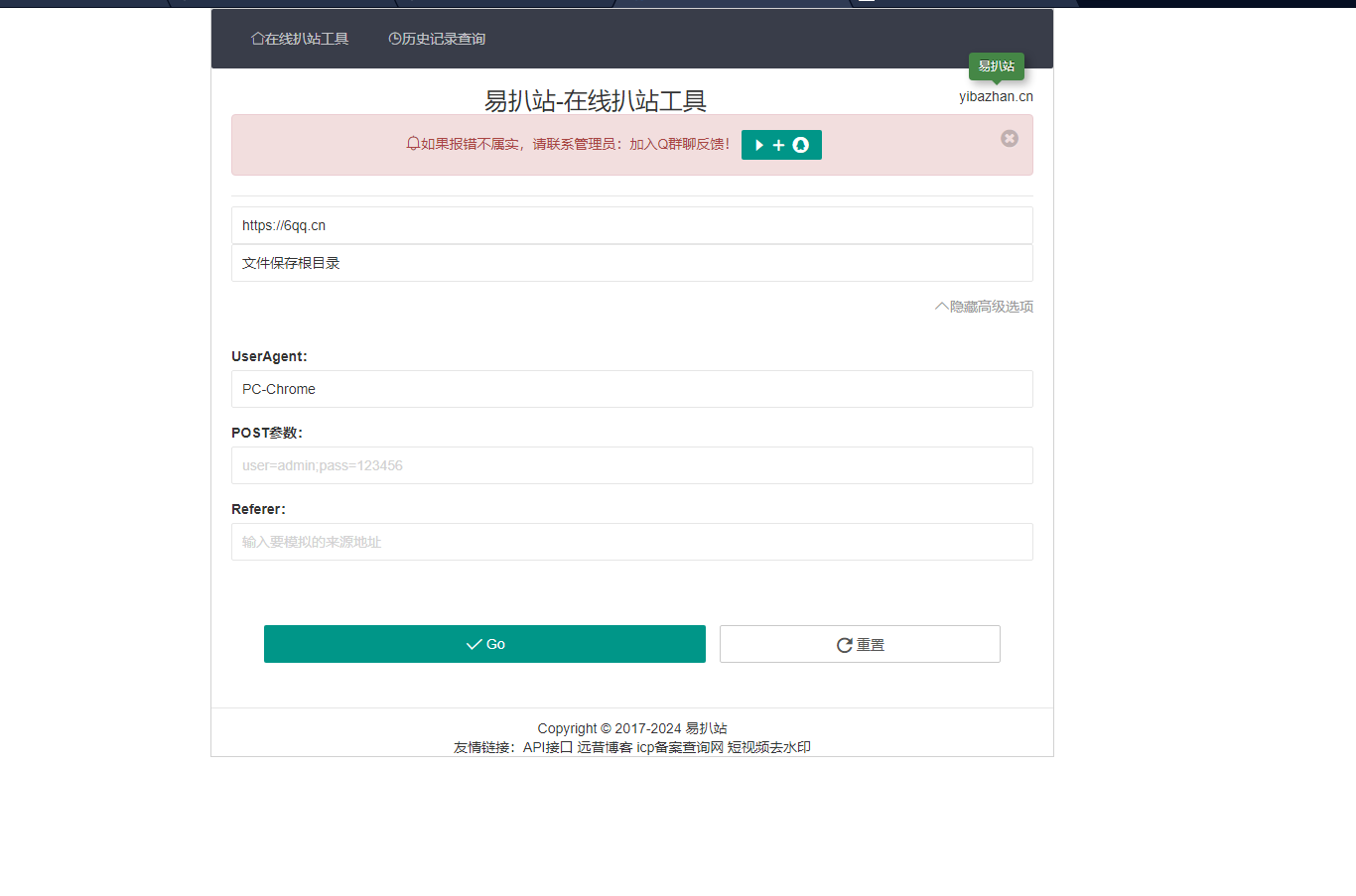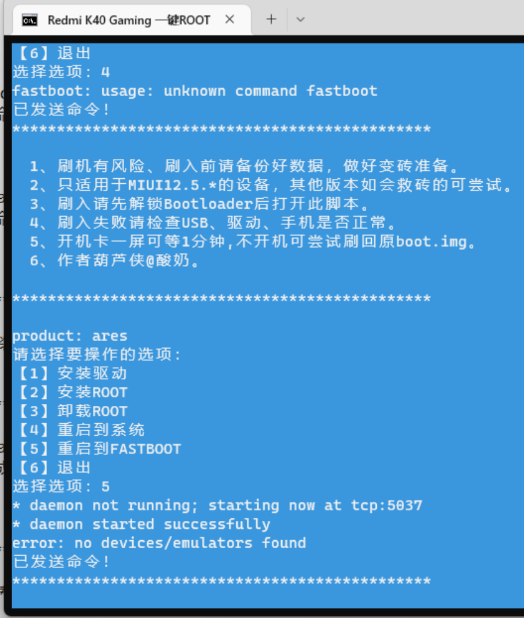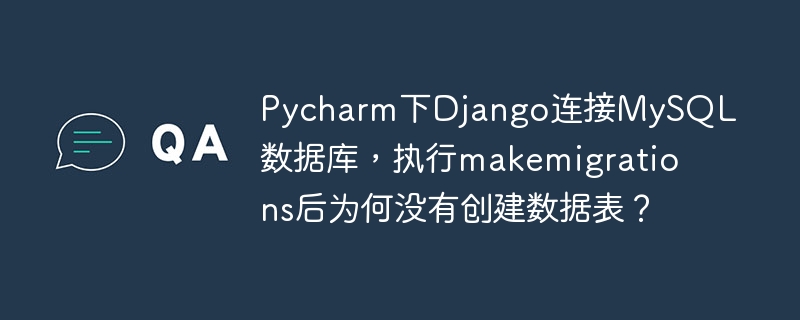上次我們在《 游標(biāo)腳本性能問題解決與分析 》討論過動態(tài)游標(biāo)的執(zhí)行計劃如何選擇并且介紹了幾種游標(biāo)的基本知識。本文我們接著研究鍵集游標(biāo)選擇執(zhí)行計劃的方式和影響因素。 這這里我們通過一個簡單的實驗來對比測試并且說明結(jié)果。 準(zhǔn)備如下測試環(huán)境 : CREATE T
上次我們在《游標(biāo)腳本性能問題解決與分析》討論過動態(tài)游標(biāo)的執(zhí)行計劃如何選擇并且介紹了幾種游標(biāo)的基本知識。本文我們接著研究鍵集游標(biāo)選擇執(zhí)行計劃的方式和影響因素。
這這里我們通過一個簡單的實驗來對比測試并且說明結(jié)果。
準(zhǔn)備如下測試環(huán)境:
CREATE TABLE [dbo].[test_cursor](
[number] [int] IDENTITY(1,1) NOT NULL,
[name] [varchar](500) NULL,
[xtype] [varchar](500) NULL,
[type] [varchar](500) NULL,
[parent_obj] [varchar](500) NULL,
[crdate] [datetime] NULL,
[id] [varchar](500) NULL,
[sysstat] [int] NULL,
CONSTRAINT [PK_test_cursor] PRIMARY KEY CLUSTERED
(
[number] ASC
)WITH (PAD_INDEX? = OFF, STATISTICS_NORECOMPUTE? = OFF, IGNORE_DUP_KEY = OFF, ALLOW_ROW_LOCKS? = ON, ALLOW_PAGE_LOCKS? = ON) ON [PRIMARY]
) ON [PRIMARY]
反復(fù)運行下面的Insert語句15次以構(gòu)造測試數(shù)據(jù):?
insert into test_cursor (name,xtype,type, parent_obj,crdate,id,sysstat) select name,xtype,type, parent_obj,crdate,id,sysstat from AdventureWorks.dbo.sysobjects.
然后,為該表創(chuàng)建如下索引,
create index i_test_cursor_1 on test_cursor (id, crdate) include (number, name,xtype,type,parent_obj,sysstat)
create index i_test_cursor_2 on test_cursor(id,crdate)
執(zhí)行以下Select語句,我們能得到下面的執(zhí)行計劃和統(tǒng)計信息:
SELECT * FROM test_cursor WHERE id>’92’ ORDER BY crdate? –index seek on i_test_cursor_1
Table ‘test_cursor’. Scan count 1, logical reads 17, physical reads 0, read-ahead reads 0, lob logical reads 0, lob physical reads 0, lob read-ahead reads 0.
Rows??????????????????? Executes???????????? StmtText????????????????????????????????????????????????????????????????????????????????????????????????????????????
——————– ——————– —————————————————————————————————————————————
992????????????????????? 1??????????????????????? SELECT * FROM [test_cursor] WHERE [id]>@1????? ORDER BY [crdate] ASC
992????????????????????? 1??????????????????????? |–Sort(ORDER BY:([aa].[dbo].[test_cursor].[crdate] ASC))?????????????????????????????????????????????????????????
992????????????????????? 1????????????????????????|–Index Seek(OBJECT:([aa].[dbo].[test_cursor].[i_test_cursor_1]), SEEK:([aa].[dbo].[test_cursor].[id] > ’92’)
SELECT * FROM test_cursor WHERE id>’92’ ORDER BY number -index seek on i_test_cursor_1
Table ‘test_cursor’. Scan count 1, logical reads 17, physical reads 0, read-ahead reads 0, lob logical reads 0, lob physical reads 0, lob read-ahead reads 0.
Rows??????????????????? Executes????????????? StmtText???????????????????????????????????????????????????????????????????????????????????????????????????????????????????????????? ??
——————– ——————– —————————————————————————————————————————————
992???????????????????? 1????????????????????????? SELECT * FROM [test_cursor] WHERE [id]>@1 ORDER BY [number] ASC???????????????????????????????????????????????????????????????????????
992???????????????????? 1????????????????????????? |–Sort(ORDER BY:([aa].[dbo].[test_cursor].[number] ASC))???????????????? ????????????
992???????????????????? 1??????????????????????????|–Index Seek(OBJECT:([aa].[dbo].[test_cursor].[i_test_cursor_1]), SEEK:([aa].[dbo].[test_cursor].[id] > ’92’) ORDERED FORWARD)
以上兩個ad-hoc的語句都是使用了我們創(chuàng)建的index? test_cursor迅速的定位和返回相應(yīng)的行。


















